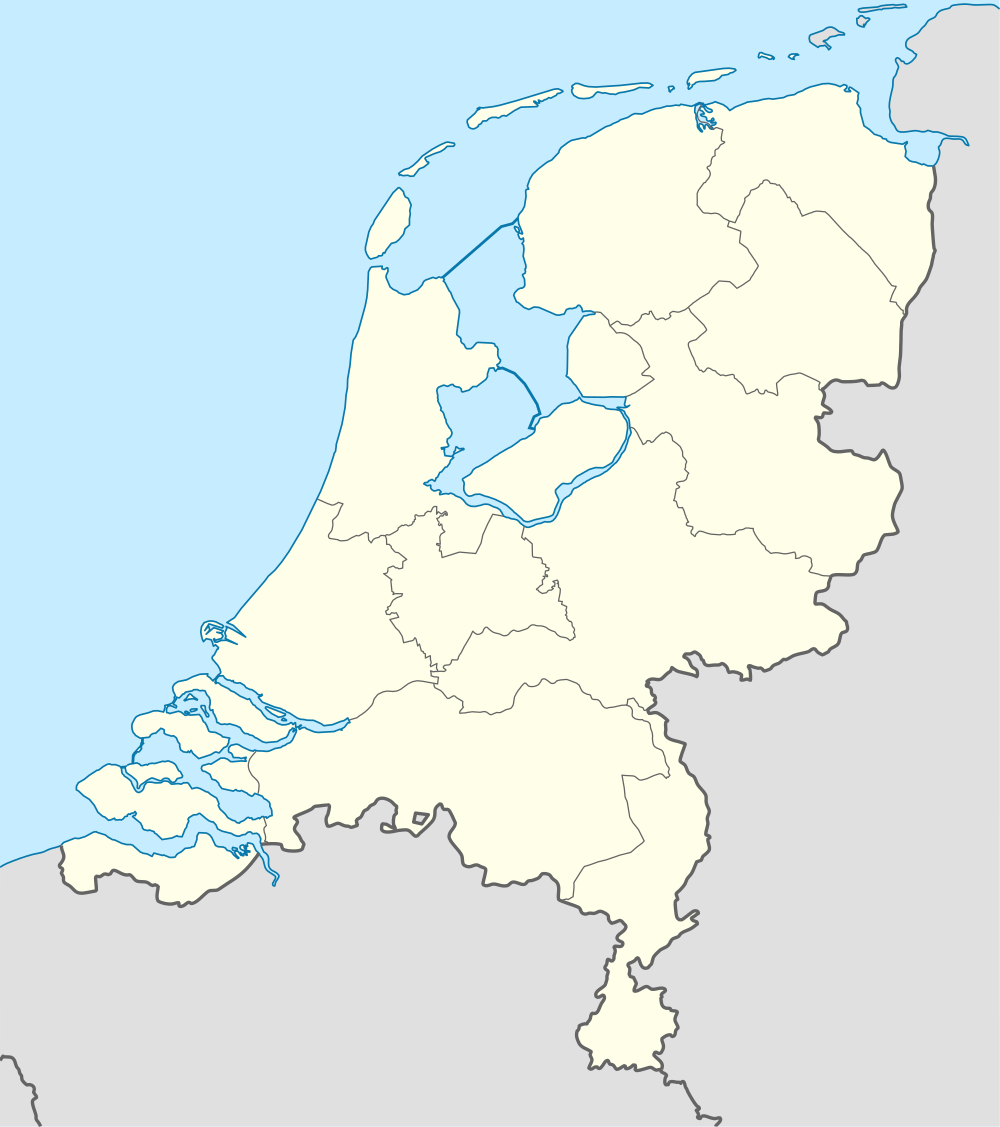Zaanse Schans
Zaanse Schans (Dutch pronunciation: [ˈzaːnsə ˈsxɑns]) is a neighbourhood of Zaandam, near Zaandijk, Netherlands. It is best known for its collection of well-preserved historic windmills and houses. From 1961 to 1974 old buildings from all over the Zaanstreek were relocated using lowboy trailers to the area.[1] The Zaans Museum, established in 1994 near the first Zaanse Schans windmill, is located south of the neighbourhood.
Zaanse Schans | |
|---|---|
 Windmills at Zaanse Schans | |
 Zaanse Schans Location of Zaanse Schans in the Netherlands | |
| Coordinates: 52°28′26″N 4°48′59″E | |
| Country | Netherlands |
| Province | |
| Municipality | Zaanstad |
| Time zone | UTC+1 (CET) |
Etymology and history
Zaanse Schans derived its name from the river Zaan and its original function as sconce (schans in Dutch) against the Spanish troops during the Eighty Years' War of Dutch independence.
Attractions
Zaanse Schans is one of the popular tourist attractions of the Netherlands and an anchor point of the European Route of Industrial Heritage (ERIH). The neighbourhood attracted approximately 1.6 million visitors in 2014. It is served by Zaandijk Zaanse Schans railway station, 18 minutes away from Amsterdam Centraal station.[2]
The Zaanse Schans houses seven museums — the Weavers House, the Cooperage, the Jisper House, Zaan Time Museum, Albert Heijn Museum Shop and the Bakery Museum. The whole neighbourhood is a popular tourist attraction and there is a debate in local politics on how to reduce overcrowding.[3]

List of windmills
The windmills were built after 1574.
- De Huisman (The Houseman), a mustardmill
- De Gekroonde Poelenburg (The Crowned Poelenburg), a sawmill
- De Kat (The Cat), a dyemill
- Het Jonge Schaap (The Young Sheep), a sawmill
- De Os (The Ox), an oilmill
- De Zoeker (The Seeker), an oilmill
- Het Klaverblad (The Cloverleaf), a sawmill
- De Bonte Hen (The Spotted Hen), an oilmill
References
- "History: Zaanse Schans brings Dutch history to life". Zaanse Schans. Retrieved 23 February 2015.
- "Archived copy" (PDF). Archived from the original (PDF) on 2015-07-17. Retrieved 2015-07-17.CS1 maint: archived copy as title (link)
- Too many tourists spoil the fun: locals call for action on overcrowding
External links
| Wikimedia Commons has media related to Zaanse Schans. |
| Wikivoyage has a travel guide for Zaanse Schans. |
